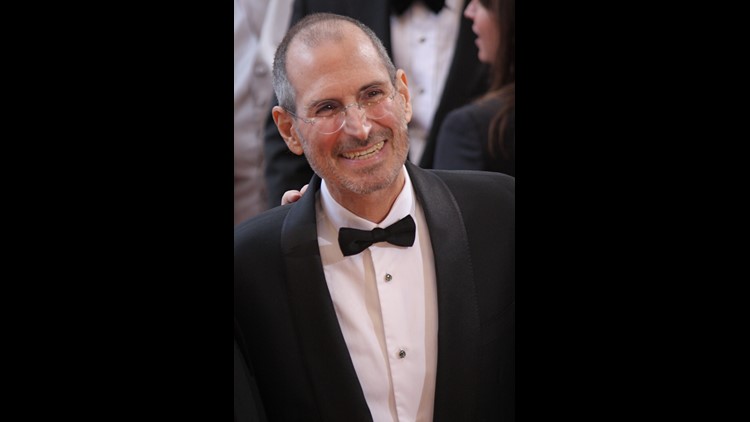NEW YORK (CNNMoney) — Steve Jobs was a notoriously stubborn individual with strong ideas about what made Apple’s products great.
Sticking to his guns typically paid off dividends for Jobs and Apple, even when vocal critics mocked the company’s decisions.
But since Jobs’ death in 2011, Apple has been slowly pushing back against some of its founder’s most strongly held beliefs and doing things Jobs said he would never consider.
Stylus: This week, an Apple analyst suggested that the company’s forthcoming iPad will ship with a stylus.
One of Steve Jobs’ most famous rants was about how much he hates styluses. In 2007, while introducing the iPhone at the Macworld convention in San Francisco, he mocked other smartphones of that era that featured styluses.
“Who wants a stylus?” Jobs said while introducing the iPhone. “You have to get ’em, put ’em away, you lose ’em. Yuck! Nobody wants a stylus. So let’s not use a stylus.”
One of the first things Jobs did when coming back to Apple in 1997 was to kill the Newton, a tablet-like device that used a stylus.
“God gave us 10 styluses. Let’s not invent another,” Jobs said about the project, according to Walter Isaacson’s biography.
Yet Ming-Chi Kuo of KGI Securities said the widely expected 12.9-inch “iPad Pro” will come with a stylus when Apple announces it in the spring, according to a report obtained by AppleInsider.
Small tablets: Another epic Jobs rant came in October 2010, when he discussed his disdain for a new wave of smaller tablets coming to market.
On the company’s earnings call with analysts, Jobs said the iPad’s 10-inch screen was “the minimum size required to create great tablet apps.”
He said even making images appear sharper on the screen wouldn’t help smaller tablets become usable “unless your tablet also includes sandpaper, so that the user can sand down their fingers to around one quarter of the present size.”
“There are clear limits of how close you can physically place elements on a touch screen before users cannot reliably tap, flick or pinch them,” he said.
A year after Jobs died, Apple introduced the iPad mini — by far the best-selling iPad in the company’s lineup.
Big phones: During Apple’s iPhone 4 “Antennagate” kerfuffle in 2010, Steve Jobs derided big phones.
When a reporter asked him whether Apple would consider making a bigger iPhone to improve antenna reliability, Jobs scoffed. He called Samsung’s Galaxy S phones “Hummers.”
“You can’t get your hand around it,” Jobs said. “No one’s going to buy that.”
Apple finally debuted a taller iPhone 5 a year after Jobs died, and a much larger iPhone 6 and iPhone 6 Plus last year.
Life-like software design: Steve Jobs wanted the iPhone’s software to mimic real life. For instance, he told Apple’s designers to model iCal’s leather after the seats on his Gulfstream jet.
Apple’s Mail app had a linen background, the iBookstore featured wooden shelves, and the Notes app was made to look like a legal pad.
A year after Jobs died, Apple fired Scott Forstall, a software executive who was a champion of Jobs’ design preferences. A year later, Apple introduced iOS 7, which did away with any ties to real-life objects.
Philanthropy: Among the first things Jobs did in his 1997 return to Apple (after he banished all styluses) was to end Apple’s philanthropic giving programs. He said he wanted to bring Apple back to profitability, but he never reinstated the programs even after Apple posted some of the biggest profits ever recorded by a public company.
Apple was prominently involved with Bono’s (RED) charity for AIDS research, but Jobs himself was not a large donor.
When Tim Cook took over as CEO in 2011, one of his first actions was to bring back Apple’s donation-matching program.



